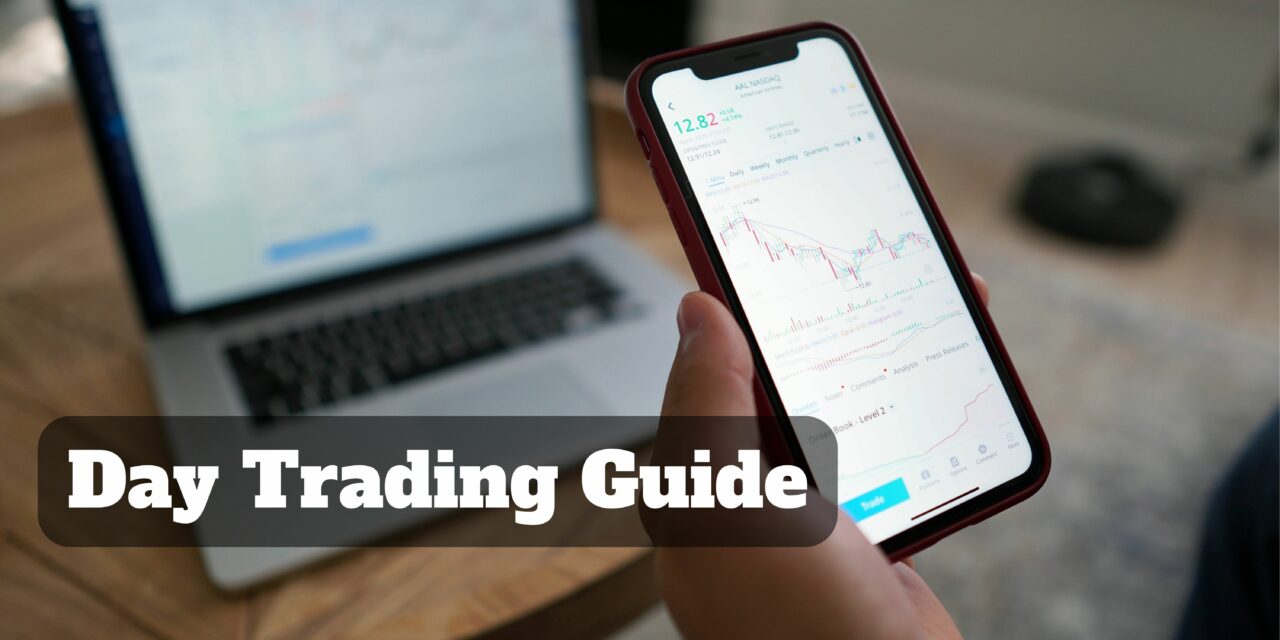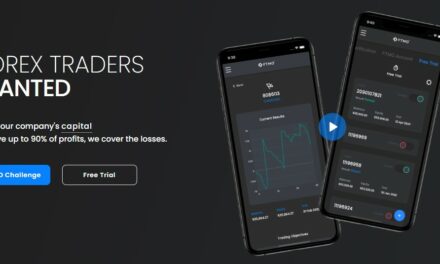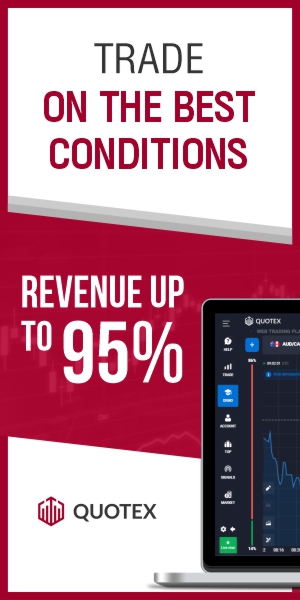What is Day Trading?
Day trading is a form of investing that involves buying and selling financial instruments, such as stocks, options, futures, and currencies, within the same trading day. Day traders typically open and close their positions within the same day, and they do not hold any positions overnight. We will learn more about this type of trading in this day trading guide.
This type of trading is a high-risk, high-reward form of investing that requires a great deal of skill and knowledge. Day traders must be able to quickly analyze the markets and make decisions based on their analysis. They must also be able to manage their risk and have the discipline to stick to their trading plan.
Day trading can be a lucrative form of investing, but it is not suitable for everyone. It requires a great deal of time and effort to become a successful day trader. It is important to understand the risks involved before getting started.
READ: Prop Trading: Learning the Basics
How to Get Started with Day Trading
Before getting started with day trading, it is crucial to understand the risks associated with this type of trading. Day trading can be a risky endeavor. As it involves taking on a large amount of risk in a short period. Additionally, day traders must be able to accurately identify potential trading opportunities and act quickly to capitalize on them.
In order to begin day trading, it is essential to have a good grasp of the stock market, trading strategies, trading platforms, and tools, as well as the various financial instruments available. Having a good understanding of these topics will set you up for success.
Developing a trading plan is an important step after gaining a good understanding of the stock market and the various trading strategies. This plan should include a risk management strategy to protect your capital, as well as a strategy for identifying trading opportunities. Furthermore, it is beneficial to have an understanding of the different financial instruments that are available to trade.
Finally, it is vital to practice day trading before investing real money. This can be done by using a virtual trading platform or by paper trading. Paper trading allows traders to practice trading without risking any real money.
Get started with day trading and potentially make money in the stock market by following these tips. However, understanding the risks associated with this type of trading before getting started, is essential.
Day Trading Different Assets Tradeable
- Stocks are the most common asset tradeable by day traders. It represents ownership in a company and can be bought and sold on exchanges such as the New York Stock Exchange and the Nasdaq. Day traders typically capitalize on the price movements of stocks with high liquidity and volatility. These stocks are more likely to experience such movements.
- Options are another asset that you can day trade. They are contracts that give the holder the right, but not the obligation, to buy or sell an underlying asset at a predetermined price.
- Futures are contracts that obligate the buyer to purchase an asset at a predetermined price at a future date.
- Currencies are also tradeable by day traders. They look to capitalize on the fluctuations in the exchange rate between two currencies that they trade in pairs.
- Finally, commodities such as gold, silver, and oil can also be day traded.
Different Types of Day Traders
- Scalpers
– are short-term traders who aim to make a profit by taking advantage of small price movements. They typically hold their trades for a very short period of time, often only a few minutes or seconds, and often use a large number of trades to maximize their profits.
- Momentum traders
– are traders who look to take advantage of large market moves and capitalize on sharp, short-term price swings. They often use technical indicators, such as moving averages, to identify opportunities for short-term gains.
- Swing traders
– are traders who hold positions for a few days to a few weeks, looking to capitalize on the longer-term price trends. They may use both technical and fundamental analysis to identify potential entry and exit points.
- Algorithmic Traders
– use computer programs to follow a defined set of instructions for entering and exiting trades in the financial markets. They primarily use technical indicators and quantitative analysis to make decisions. They often take advantage of short-term price fluctuations and are used by financial institutions, hedge funds, and individual day traders.
- Position traders
– are traders who take a longer-term view, looking to hold positions over several weeks or months. These traders are usually more focused on fundamental analysis, looking for companies with strong fundamentals and fundamentals that are likely to drive the share price higher over the long term.
- Copy Traders
– follows the trades of a successful experienced trader. When you copy trade, you are essentially mirroring the trades of a more experienced trader. This allows you to benefit from their knowledge and experience, while also allowing you to learn from their mistakes.
Day Trading Guide | Trading Tools
Trading Platform Software with Charting Capabilities: This software allows investors to analyze market trends and make trades according to their analysis. It is often packed with various charting features, such as indicators, drawing tools, price alerts, and more.
Real-Time Market Data: Investors use this software to obtain up-to-date information on stock prices, news, and other market indicators to make informed decisions about when and what to trade.
Research Software: Investors use this software to research stocks, bonds, and other markets in order to make informed decisions. It can include features such as stock screeners, financial analysis tools, and more.
Risk Management Software: This software helps investors assess and manage risk associated with their investments. It can include features such as portfolio optimization, margin calculators, and more.
Day Trading Guide | Successful Strategies
Here are some of the most common day trading strategies:
1. Momentum Trading: Momentum trading involves buying stocks that are trending higher and selling stocks that are trending lower. Traders look for stocks that have recently made strong moves and then attempt to capitalize on the momentum by buying or selling the stock.
2. Scalping: Scalping is a strategy that involves taking small profits on a large number of trades. Traders look for small price movements in the markets and then attempt to capitalize on them by taking small profits.
3. Swing Trading: Swing trading is a strategy that involves taking advantage of short-term price movements in the markets. Traders look for stocks that are trending in a particular direction and then attempt to capitalize on the trend by buying or selling the stock.
4. Arbitrage Trading: Arbitrage trading is a strategy that involves taking advantage of price discrepancies between different markets. Traders look for stocks that are trading at different prices in different markets and then attempt to capitalize on the discrepancy by buying or selling the stock.
5. Position Trading: Position trading is a strategy that involves taking a longer-term view of the markets. Traders look for stocks that are trending in a particular direction and then attempt to capitalize on the trend by taking a longer-term position in the stock.
These are just a few of the most common day trading strategies. There are many other strategies that traders can use to capitalize on short-term price movements in the markets. Traders need to understand the different strategies and how they work to be successful in day trading.
Day Trading Guide | Risk Management
Risk management for day trading is an essential part of any successful trading strategy. It involves evaluating the potential risks of each trade before entering it and then determining the appropriate amount of capital to use for each trade. Risk management also includes monitoring the trades and adjusting the strategy as necessary to minimize risk and maximize profits. It involves setting stop-loss orders to limit losses. Setting profit targets to maximize gains, and using risk/reward ratios to determine the appropriate size of each trade. Risk management also involves using technical indicators to help identify potential entry and exit points. As well as tools such as moving averages to help filter out bad trades. Finally, risk management requires the use of proper money management techniques to ensure that a trader’s capital is not overexposed to risk.
Day Trading Guide | Leverage
Day traders use day trading leverage to increase the potential return of a trade. This is done by borrowing capital from a broker or other financial institution and using the borrowed funds to make trades. By using leverage, day traders can increase their potential return by greatly increasing the size of their positions. This can be beneficial for day traders, as it increases their potential profit. However, it also increases their risk since they are using borrowed capital.
What Are the Benefits of Day Trading?
Day traders can reap a number of potential benefits from a very lucrative form of investing. Some advantages of day trading include:
- Accessibility: One can almost trade from anywhere with a computer and an internet connection. Making it possible to trade even when markets are closed.
- Leverage: Day trading allows traders to use margin and leverage to increase their potential profits.
- Low Cost: Day trading requires less capital than investing in stocks or mutual funds. It is a relatively low-cost way to get started in the markets.
- Flexibility: Day traders can take advantage of short-term price movements. Allowing them to quickly adjust their strategies in response to changing market conditions.
- Control: Day traders have complete control over their trades. This allows them to manage their risk and maximize their potential profits.
- Liquidity: Day traders can enter and exit trades quickly. It allows them to take advantage of short-term price movements.
Risks of Day Trading
- High leverage: Day traders often leverage high levels of capital, allowing them to take on large positions with relatively small amounts of capital. This increases their potential profits but also their potential losses.
- Increased transaction costs: Because day traders are trading more frequently, they will often incur higher transaction costs than longer-term traders.
- Stress: Traders constantly make decisions and monitor the markets, making day trading very stressful.
- Lack of diversification: Day traders tend to focus on a single security or sector, which increases their risk of loss.
- Market volatility: Sudden market movements can quickly and significantly affect the positions of day traders more than those of longer-term traders. This is due to their greater levels of market volatility exposure.
Day Trading Guide | Conclusion
Day trading is a great way to make money in the stock market, but it is not for everyone. It requires a lot of dedication, discipline, and knowledge to be successful. Day traders must be ready to risk money and accept potential losses. Day trading can be a lucrative and rewarding career. Understand the risks and rewards before getting started. With the right strategy and the right tools, day trading can be a great way to make money in the stock market. May this day trading guide help you get started in what you need to know about day trading and become a successful day trader.






